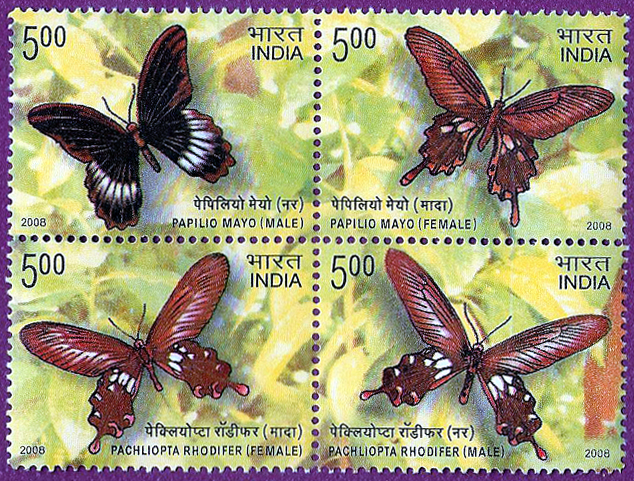New Delhi: Red Pierrot, Common Lime, Plain Tiger, Blue Pansy or the Common Castor may be unfamiliar names to most Indians, although it is likely that most would have seen one or more of the five—the most common butterflies found in India. While it is unlikely that most people would notice their absence, it is almost certain that plants will—butterflies, such as these, help them reproduce. The subcontinent has approximately 1,300 of more than 20,000 butterfly species known, said Kishen Das, a US-based lepidopterist. That’s about 6.5% of the global butterfly diversity. However, the problem is that around 100 of the butterfly species found in India are nearing extinction, according to Surya Prakash, a professor at the department of life sciences at Jawaharlal Nehru University. “Few are aware of the crucial pollination role the butterfly plays, which is second only to the honeybee,” he adds.
A report put out by the United Nations Environment Programme says: “When large habitats are fragmented into small isolated patches, food sources become scarcer for resident animals. Populations may then decline to the point that they are no longer able to benefit plants. As certain wild pollinators need undisturbed habitat for nesting, roosting, foraging and sometimes specific larval host plants, they are very susceptible to habitat degradation and fragmentation in particular. Human activities have impacted the landscape through fragmentation, degradation and destruction of natural habitats and the creation of new anthropogenic ones.”
Source: Live Mint, 27 September 2011
http://www.livemint.com/2011/09/29222646/Lower-pollinator-numbers-heral…

- Login om te reageren
